Phase 1: My goal is to design five PCBs that include resistors, capacitors, active devices and various input and output components. These will mount on a laser cut wood base similar to the original design, but smaller. One of the issues with the original design is the springs would oxidize, and the wires would break. I am planning on using standard breadboard jumper wires with headers on the board to make the connections.
25in24 Electronics Project Board
Re-vitalizing and modernizing a Radio Shack 65in1 kit for educational purposes - my DesignLab Residency!
 Tom Thoen
Tom Thoen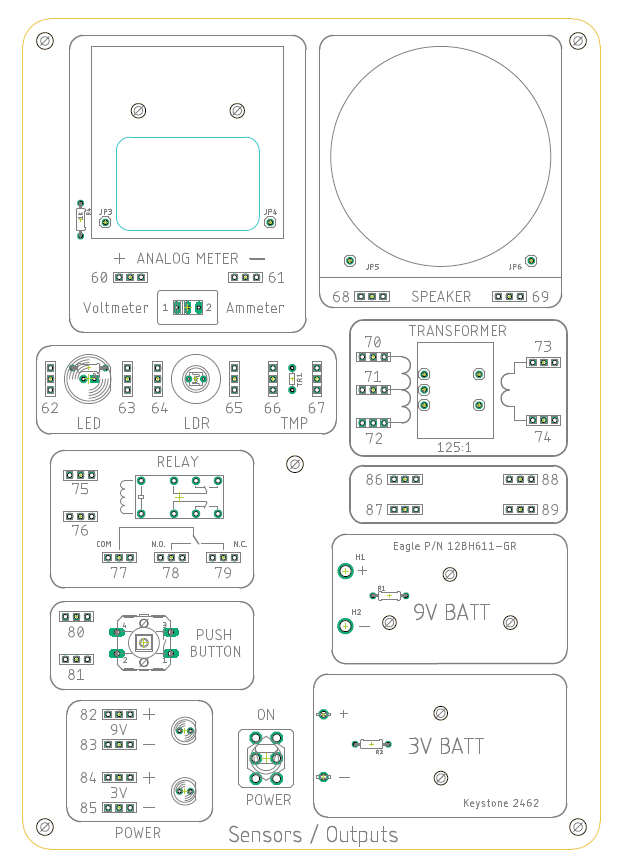
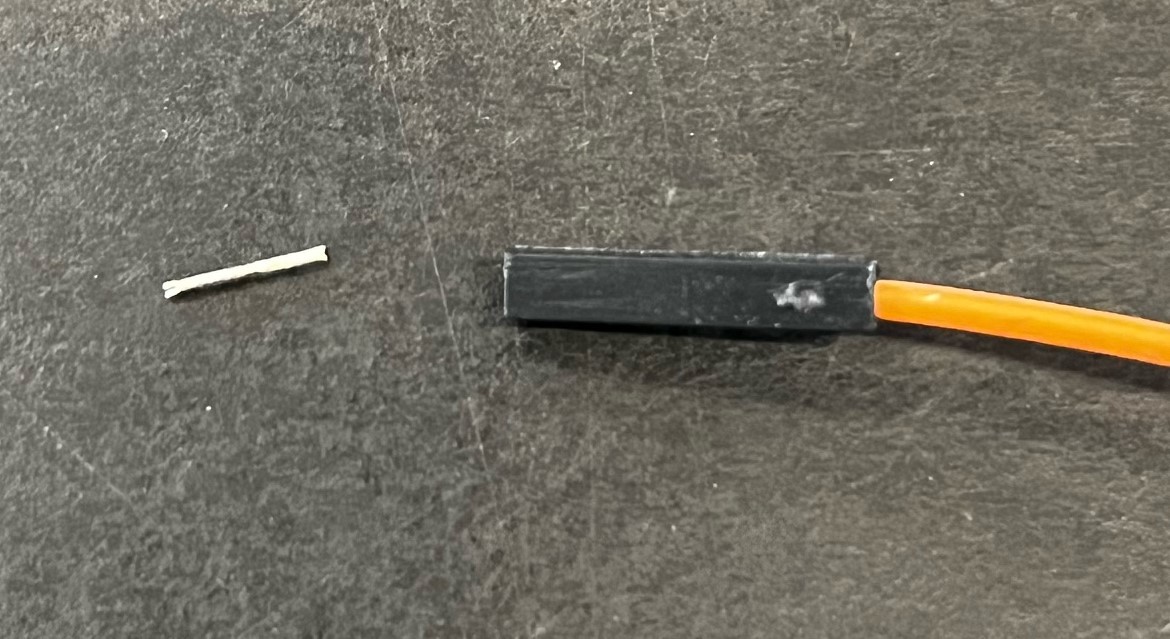
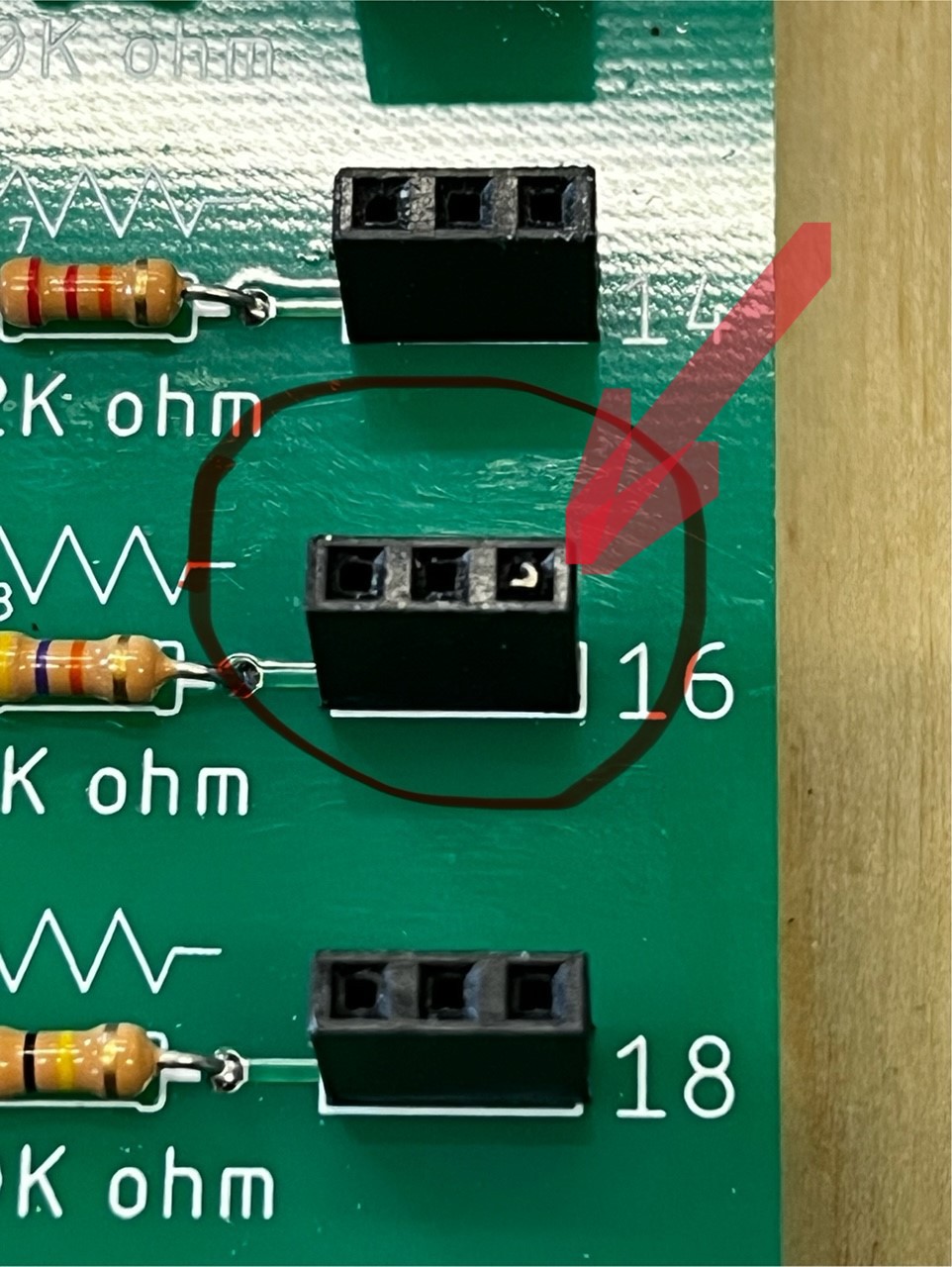

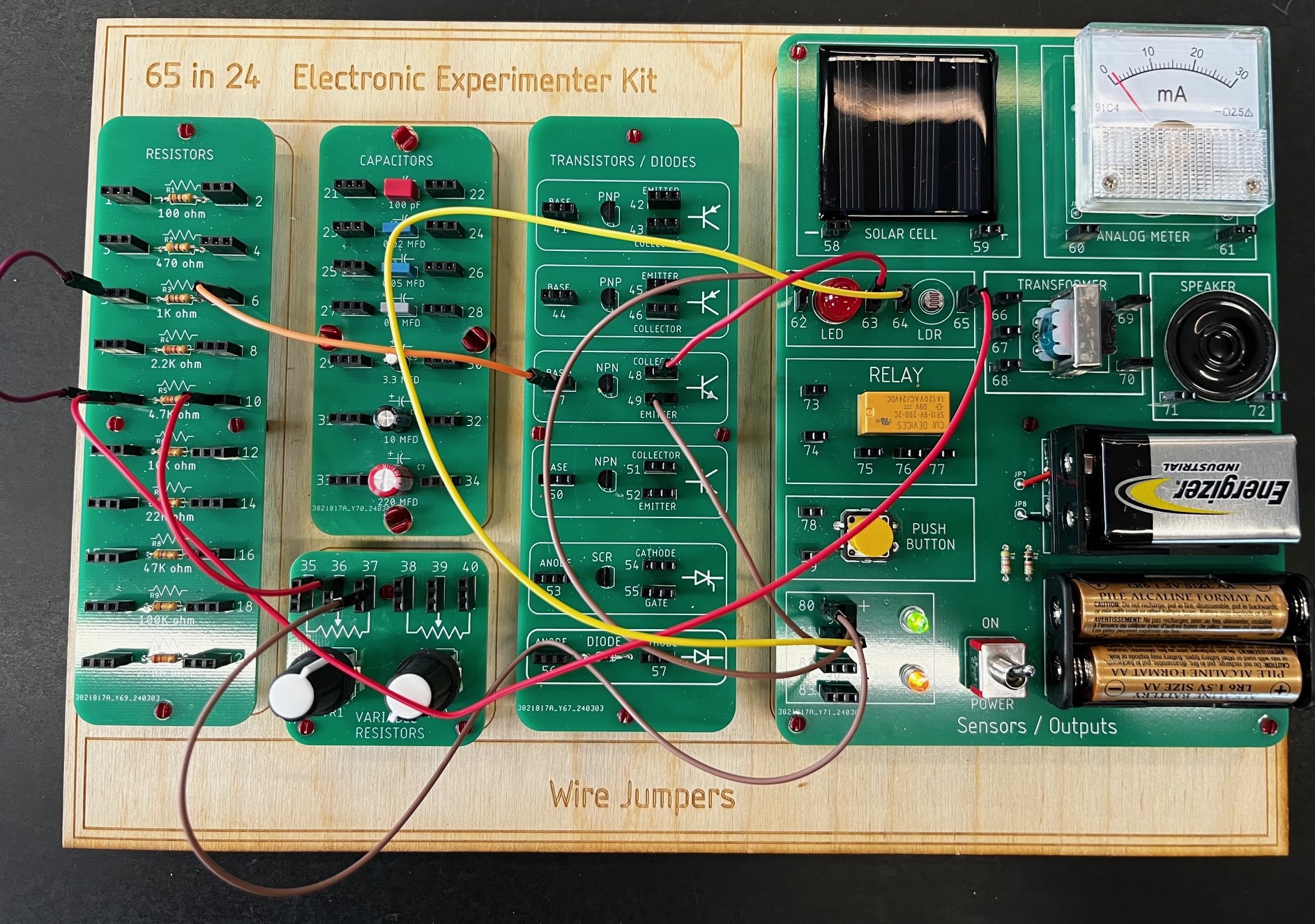
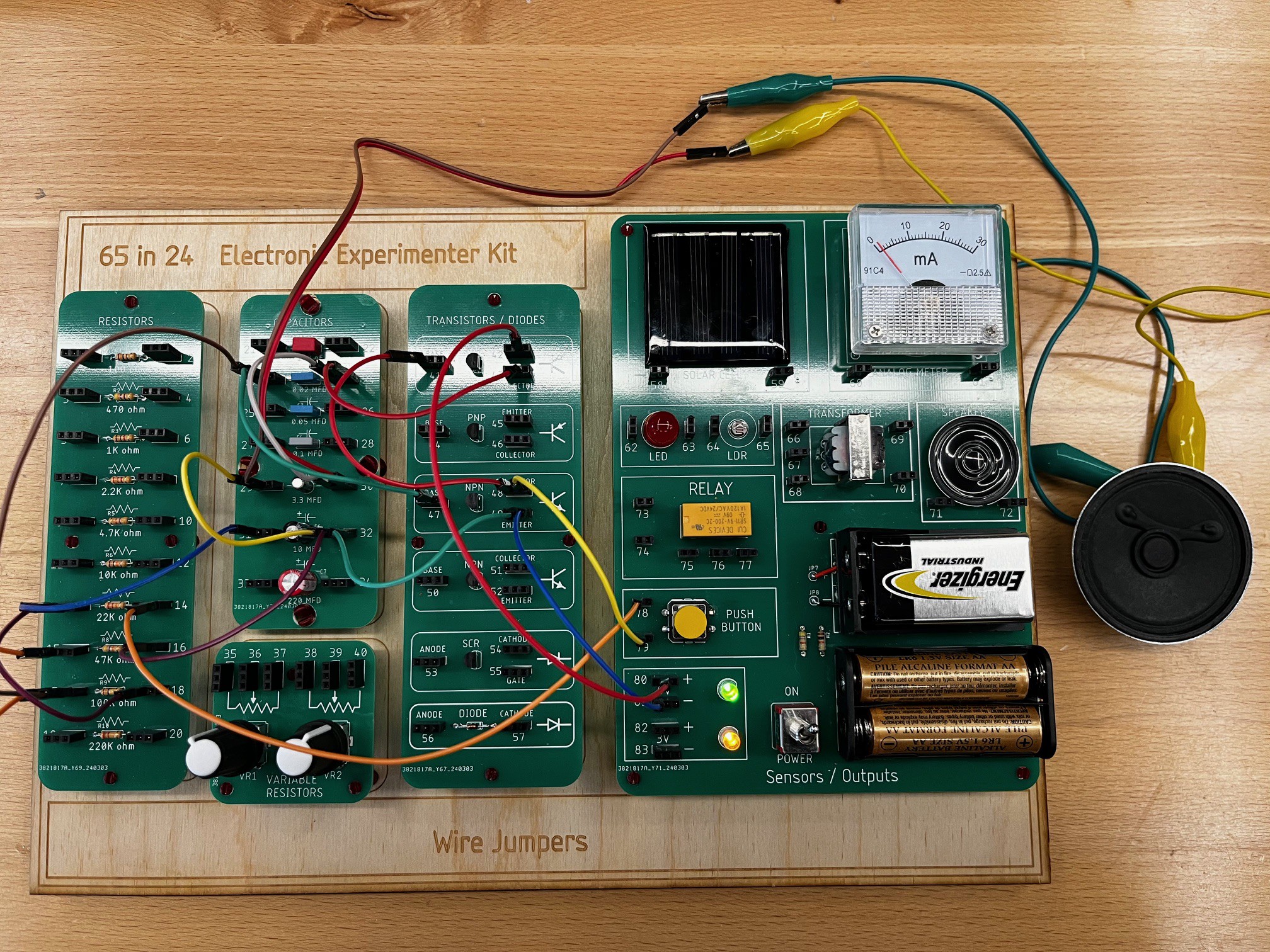




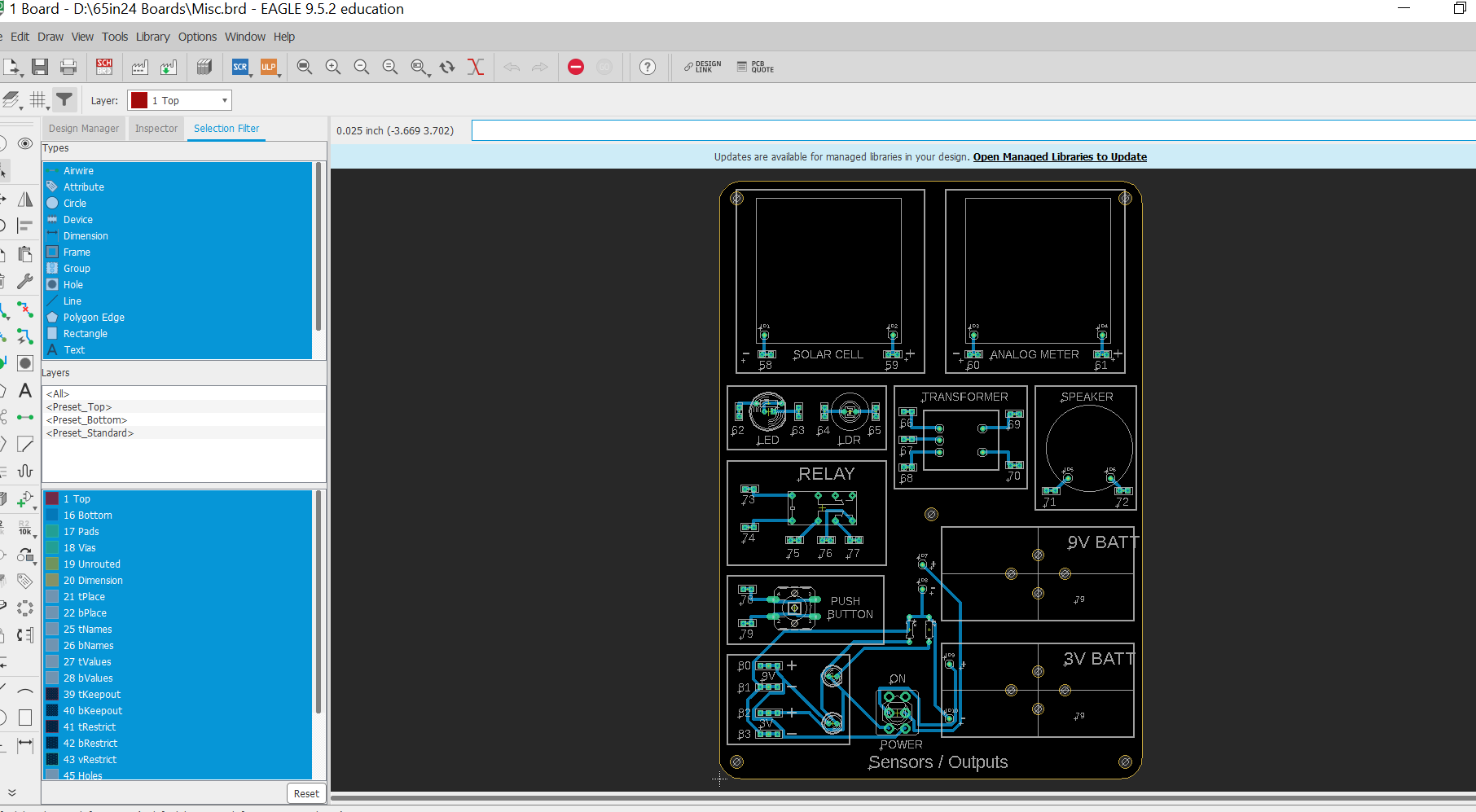



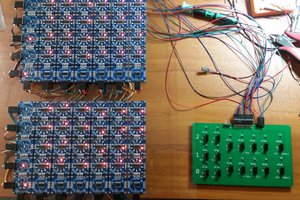
 Dave's Dev Lab
Dave's Dev Lab
 Flavio
Flavio
 Michael Delaney
Michael Delaney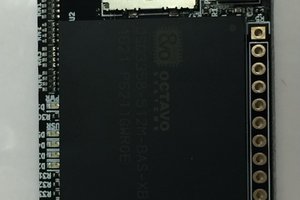
 Michael Welling
Michael Welling
Not sure if the original kit had plans for making a Volt meter but for teaching circuits and Ohm's Law, voltage and current meters are important tools to have. So besides making circuits, having enough components to make the play circuits AND have a volt meter wired up for the learner can explore the circuit would be great.
I was also thinking it would be handy having the xformer ratio listed under the part and maybe a "Power Sources" label added to the 9v and 3V outputs. Would also like to see the relay diagram but would be tough to fit that in the space. Hopefully it's on the side of the part.